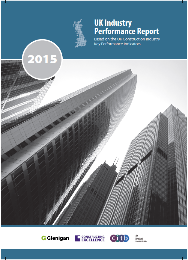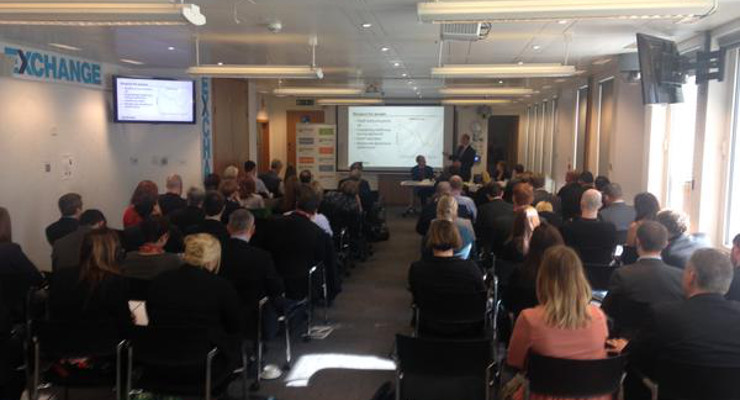 We launched the 2015 Construction Industry KPIs report at BIS this week with Glenigan and CITB, the main partners these days. Download the report here, if you only have time to read 1 page then go for Tom Crane’s exec summary on page 5.
We launched the 2015 Construction Industry KPIs report at BIS this week with Glenigan and CITB, the main partners these days. Download the report here, if you only have time to read 1 page then go for Tom Crane’s exec summary on page 5.
The report raised some interesting topics for discussion, including via twitter as well as the excellent coverage in Construction News. Topics that caught my attention – as MC for the event – included:
- Safety – is at its best-ever level of performance, although there are concerns that the level of fatalities has plateaued in the last five years
- Occupational health – as Gillian Econopouly of CITB stressed, this is the hidden long-term problem of the sector, causing many early retirements as well as many more deaths
- Training days – is an industry average of 1.2 days per person per year sufficient to equip the modern workforce with the right skills to deliver right first time, using BIM to its full potential etc?
- Cost predictability was at 69% of all projects on time or better, but time predictability was only 40% on time or better. Attendees could not quite work out why such a big difference – have main contractors improved their performance, or as the data relates to projects which completed last year and so were designed and procured in the depths of the recession, did contractors find that they could get much lower prices from suppliers than they had forecast, and therefore have more of a cushion to deliver to budget?
- Client satisfaction – has dropped during the recession, partly self-inflicted where contracts were awarded to low bidders, leaving jobs without enough money in them for the project teams to deliver the quality that clients expected
- Designed energy use – continues to improve, but the industry remains concerned at the ‘performance gap’ between designed, as built, and in use
- Commercial vehicle movements are trending down – which impacts on an important societal trend exemplified by the restrictions on HGVs in London to protect cyclists
- Waste arising – as Stuart Blofeld of BRE SmartWaste showed, all data needs to be used with caution. London and South-East projects have twice as much waste arising as South-West or Wales projects, so using headline KPIs as a target for project performance can be hugely misleading if you don’t take account of different sectors, regions etc
Finally, productivity – all the above adds up to a considerable challenge if we are to deliver on the ‘productivity for growth’ mantra of the new government and the ambitious targets in Construction 2025, enshrined in our own vision. In achieving the latter it is important not to lose sight of these KPIs, it is surely not acceptable to achieve cost savings if as a result we were to worsen on safety, waste, or client satisfaction.

